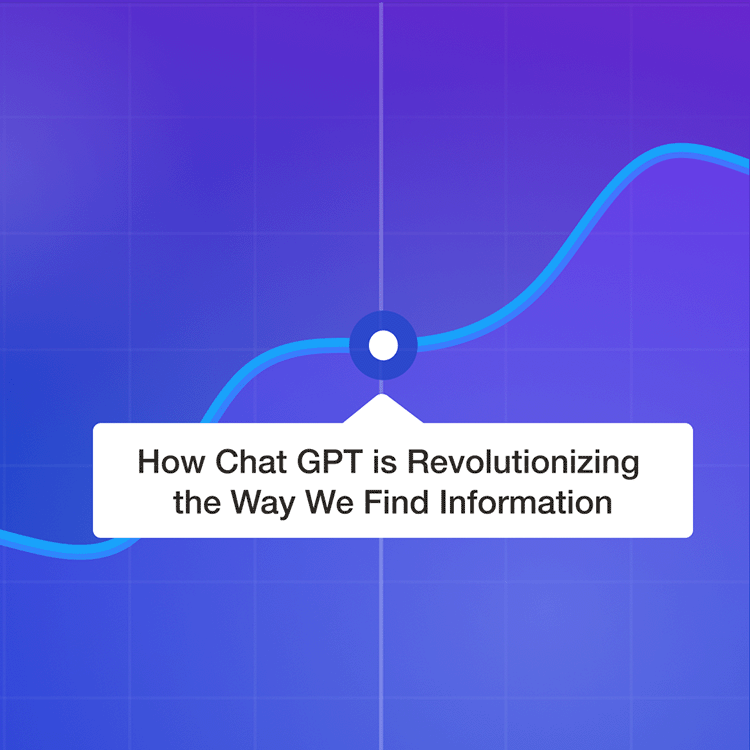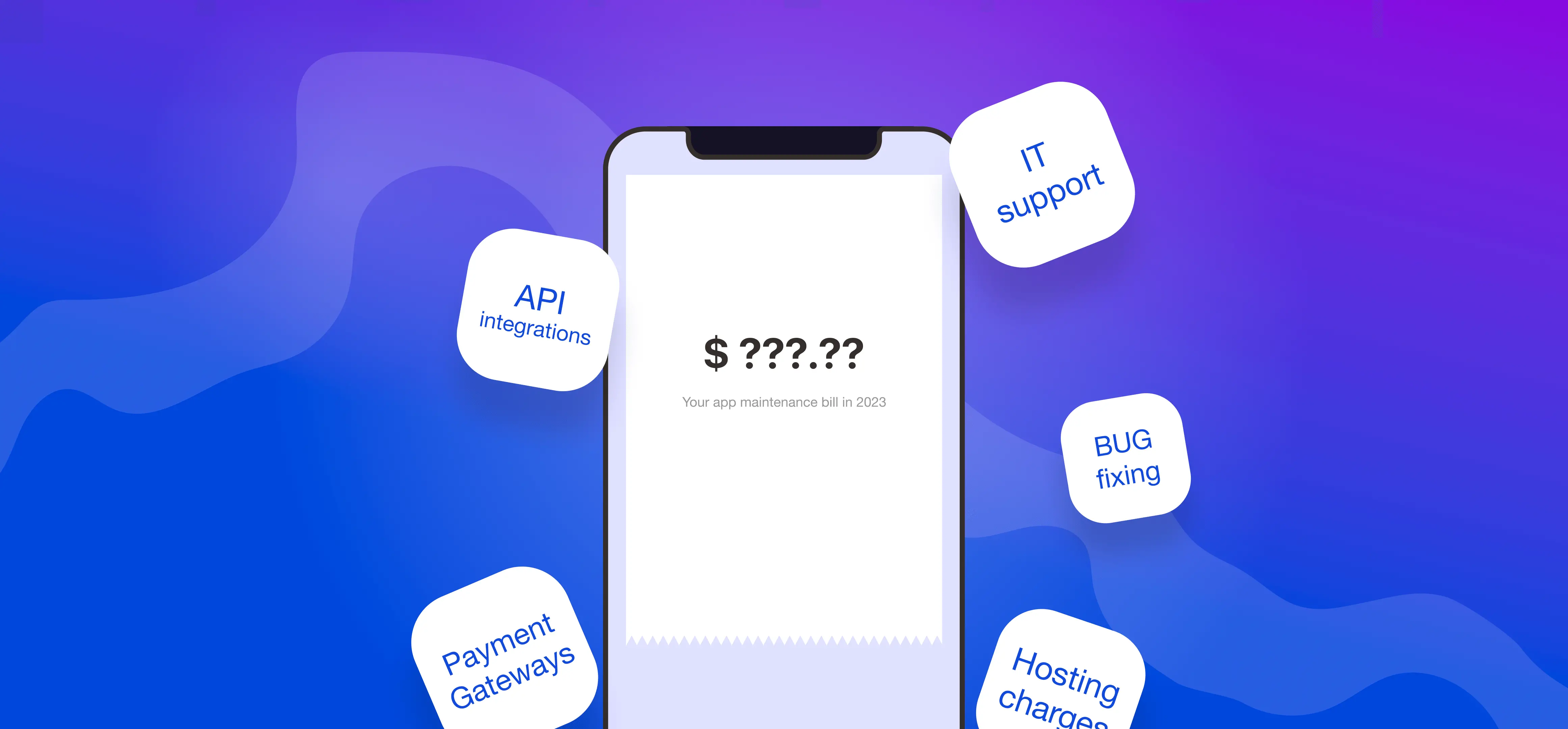Project identification. What should you consider?

During the preparation for the project, you need to take into account many factors and follow all the rules of risk management. Let's look at some of the problems that hinder the creation of the application, and if they are not taken into account, they will cost you a lot of money.
Top 3 possible problems
1. Your mobile app is not needed
Imagine, you have invested a year or even two to create a mobile app. You invested hundreds of thousands of dollars in it. Everything was thought out to the smallest detail. Even your UX design is cool and perfectly understandable to any user. And the interface of the app captures the eye from the first seconds and does not get boring after a long time spent in the app.
You are conducting the last stages of testing and do not detect any bugs. You are ready to show the world the app and become a multimillionaire here and now.
A month has passed since the start of the marketing campaign. You can see that there are downloads, but the number of regular users is not growing. It is frozen in place and the application is not profitable. You start looking for technical problems in the mobile app that stop you from succeeding. However, you are looking in the wrong place.
The reason your app hasn't turned the market around is simple: it does not solve the users’ problems.
Simply put, the world doesn't need your app because they either have too little or no pain at all that your product was supposed to solve.
Therefore, the first and most basic problem to start with is to find a really good problem that your application will solve.
The Jobs To Be Done (JTBD) framework is great for this. We have described it in detail in our article. Read it and you will understand how to use JTBD in practice, how projects are improving, and what you should pay attention to.
2. Technical Problems
At this point, it is worth considering 2 things:
- Technical capabilities
- The right choice of development platform and technique
Let's start with the technical capabilities
An old joke of developers:
“The client writes to the
developer after the delivery of the project: "Good afternoon!
Our marketing team has a great idea to make our site unique:
please make the background on the main screen mirrored so that
the clients visit the site and see their reflection."

It happens that not all of your ideas can be implemented because such technologies do not exist. Therefore, be bold in the project drawings, but also be a realist while preparing the final requirements for the application.
The right choice of development platform and technique

If you do not choose the right platform to create an application on or make a mistake in choosing a programming language, then you will waste precious time and money. Therefore, pay special attention to the following paragraph.
Depending on how big your project is, how much budget you have and what deadlines you have, you should choose the following:
- Low code or custom development
- Cross Platform or native development
Low code is the style of development in which the code is written minimally. This way we reduce the time spent working on the project, the complexity of tasks for the programmer, and at the same time the final cost of the application itself and its maintenance in the future
Custom development - your application will be written from scratch using code. This approach opens up more opportunities for creating a unique application, however, it also takes more time and money to implement.
Again, we have taken care to reveal this topic in detail in a separate article, which is called «Low code vs Traditional development»
3. Economic Borders
And the most obvious is the financial issue. Do not forget to calculate in advance everything that concerns your mobile application. Starting with the question How Much Does it Cost to Make an App and ending with the question How Much Does It Cost To Maintain an App
Now we know what the main problems are in development. And you know what you should pay attention to during the idea analysis stage for your mobile app.
Since we are so prepared to avoid a bad result of work, let's find out what factors make us understand that the project is successful.
Top 4 indicators that you have created a successful mobile app
And so, to create a successful mobile application, your project managers need to meet 3 components:
- Cost
- At project completion, no more money has been spent than was originally allocated.
- Schedule
- The project is delivered no later than the original delivery date.
- Performance
- When delivered, the project has all features and functionality that were originally required of it.
- Idea
- You initially found a really good problem that your application can solve, and during development did not depart from the original idea. You haven't created too many features or functions that only interfere with the user.
Project development steps
Let’s have a look at the app development process and understand where your participation is needed most. For your better understanding, we have made a very detailed article on this topic, so you have no questions after reading. And here we give you just a small summary of what we already said there. So, if you are very interested, click this app development process and study the whole process from the top to the bottom.
And we are moving on. Here is a short description of how the app is done
4 main steps of any project implementation
- Planning
- Analysis
- Design
- Implementation
There may also be an additional step - testing. We want to be sure that the application works correctly, has all the necessary functionality, and meets all the requirements of the client. To do this, after the app is ready, we conduct a series of tests and identify all minor flaws
Steps #1 and #2: Planning and Analysis
Speaking about the successful creation of a mobile application, we mean the following:
- Cost
- Timeline
- Performance
As a result of the planning stage, the project manager and the client receive a ready-made plan for creating a mobile application
Feasibility analysis
The analysis consists of several things like Feasibility analysis, economic analysis, and technical analysis.
The result of the analysis is a document that tells you how possible and reasonable it is to implement your app idea.
Steps #3 and 4: Design and Implementation
The result of these stages is the ready mobile application design and the first version of the project before testing.
The Agile methodology that we adhere to during development allows us to be flexible while working on the product. So every single detail of the app can be changed almost without affecting the overall workflow.
The last steps: testing and release
Up to this moment, we have been developing your mobile application. Now we are ready for the technical testing process to identify all possible errors, security issues, and user-friendliness of the interface.
Testing takes from several days to several weeks. It all depends on the size and complexity of the project.
Summing up everything we said
Well, the first thing to do when you think about creating a mobile app is to answer the question “What problem does my app solve? How strong is this pain?” Only if you are sure that you have found a really good problem, you can start analyzing.
What to analyze:
- Technical feasibility
- Here you should pay attention to the following:
- Whether your ideas are technically possible to implement
- Whether you have chosen the right development platform and technique
- Economic feasibility
- Simply calculate all the costs including
- App development costs
- Mobile App maintenance costs






